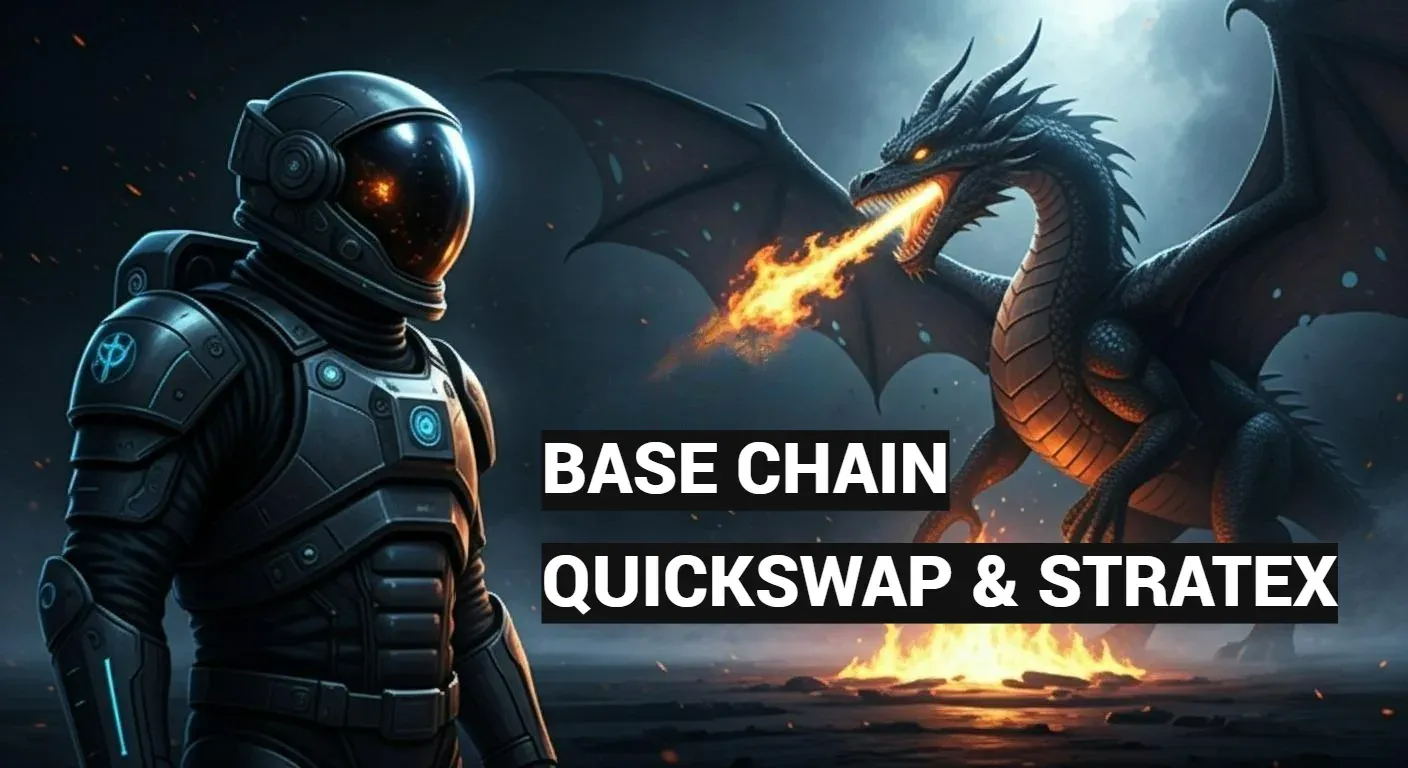The crypto markets were buzzing this week with the massive transfer of 400 million XRP tokens, valued at nearly $200 million, that occurred within just 24 hours. Such large transactions often signal significant market activity, leaving analysts and investors speculating on the reasons behind the move. Whether it was an institutional shift or an upcoming market event, the implications of such a transfer could have ripple effects (no pun intended) across the cryptocurrency market. Here’s a breakdown of what happened and what this might mean for XRP and the broader crypto market.
Why 400 Million XRP?
The sudden movement of such a large amount of XRP has raised eyebrows. Large whale transactions often signal either internal shifts within exchanges, institutional trades, or preparations for upcoming events. One possibility is that the XRP was being moved for liquidity management, ensuring sufficient reserves for decentralized finance (DeFi) applications and exchanges. With XRP being one of the leading assets for cross-border payments, this massive transfer could hint at strategic positioning ahead of a significant announcement or regulatory decision (Bitcoin News Weekly).
For those following blockchain trends, the movement of large sums like this has been a common occurrence, especially as institutions increasingly integrate digital assets like XRP into their infrastructure. The legal clarity that XRP might gain from ongoing court cases may also drive more institutional adoption of the token for cross-border financial solutions.
Market Reactions and Price Impact
Following the massive XRP transfer, the market reaction was mixed, with XRP’s price staying relatively stable compared to previous whale transactions that have triggered volatility. The muted reaction from the market suggests growing maturity in the crypto space and improved liquidity for XRP. This also highlights the fact that whale movements are not always followed by immediate price surges or drops, particularly when executed across well-established exchanges that support on-chain transparency.
Moreover, recent interest in XRP has been driven by cross-border payment solutions being explored by financial institutions. Projects like World Liberty Financial and similar platforms are examining how XRP and other digital currencies can optimize these transfers in a decentralized manner (Bitcoin News Weekly).
XRP’s Role in Cross-Border Payments
XRP has long been positioned as a frontrunner in the cross-border payments sector, providing fast, low-cost solutions compared to traditional financial systems like SWIFT. Ripple, the company behind XRP, has developed partnerships with several financial institutions globally, and this large transfer could be related to an upcoming liquidity provision or expansion of those services.
With rising competition from other blockchains offering cross-chain liquidity, such as Bitcoin-backed ERC20 tokens and Ethereum's growing presence in decentralized finance (DeFi), XRP continues to strengthen its case for dominance in this specialized area of finance (JD Supra).
Speculation on Institutional Moves
It’s not uncommon for institutional investors or large exchanges to move substantial sums of crypto like XRP when preparing for large trades or liquidity management. One theory behind this transfer is that an institution may be gearing up for an upcoming regulatory ruling. With Ripple's legal battles with the U.S. Securities and Exchange Commission (SEC) still ongoing, the outcome could significantly impact the future of XRP, making institutions take precautionary or proactive measures (Bitcoin News Weekly).
Such large-scale movements are often also indicative of strategic trades. Institutional players moving large amounts typically aim to avoid causing market disruption and often work with liquidity pools or decentralized finance platforms to manage such transfers efficiently.
What’s Next for XRP?
As the year progresses, XRP will continue to be a token of interest, particularly as the market awaits regulatory clarity and potential expansion of its use in cross-border payments. With Ripple’s growing network of partners and increasing integration into traditional finance, it’s possible that the 400 million XRP movement is part of a broader strategy to ensure liquidity across various exchanges or in preparation for new institutional agreements.
For further insights into XRP’s future, including potential price trends, don’t miss our coverage on crypto market analysis and how whale transactions like these could influence the broader market in 2025.
FAQs
Why was 400 million XRP moved?
Large whale transactions like this often signal significant market activity, such as liquidity management or institutional trades, potentially in preparation for upcoming events or strategic positioning.
What impact did the XRP move have on the market?
Despite the size of the transfer, XRP’s price remained relatively stable, showcasing the growing maturity of the market and improved liquidity for the asset.
Could this transfer be linked to XRP’s legal case?
It's possible that the movement could be related to ongoing legal battles or in anticipation of a regulatory decision, as large institutions often make precautionary adjustments during uncertain times.
Is XRP still a leading asset for cross-border payments?
Yes, XRP continues to be a dominant force in the cross-border payments sector due to its fast and low-cost transfer capabilities compared to traditional methods like SWIFT.
What should XRP investors watch for in the coming months?
Investors should keep an eye on regulatory updates, particularly regarding XRP’s legal status, as well as market movements from institutional players and any new partnerships Ripple announces.













Discussion